Announcing The Malee Scholarship 2022 Recipient
We are thrilled to announce the 2022 Malee Scholar. Get to know Daniela López Hernández, her design work, and her aspirations in this interview.
We are thrilled to announce the 2022 Malee Scholar. Get to know Daniela López Hernández, her design work, and her aspirations in this interview.
Daniela López Hernández is a graphic designer and type designer from Mexico City. She became interested in letterforms while taking editorial design classes in her undergraduate studies. However, her relationship with letters began even earlier when she suffered hearing loss battling and overcoming cancer as a child. In the absence of sound, she became a deeply visual person. Her disability did not discourage her, but instead, she shares, “What I could not hear, I observed, and what I could not listen to, I read. Words were there for me when sounds escaped me. I began to explore the world through letters and saw letters not only as words but art.” She describes how growing up in the vibrant and colorful Mexico City also has served as a well of inspiration and has influenced her creative practice. She is currently a student in the Type West program and in the future hopes to support other designers living with disabilities to enrich and make the type design community more inclusive.
The Malee Scholarship team is moved by Daniela’s adventurous and courageous spirit and is impressed with her passion and commitment to type design. We are honored to name Daniela as the 2022 Malee Scholar and look forward to seeing the many contributions she makes to our type design community.
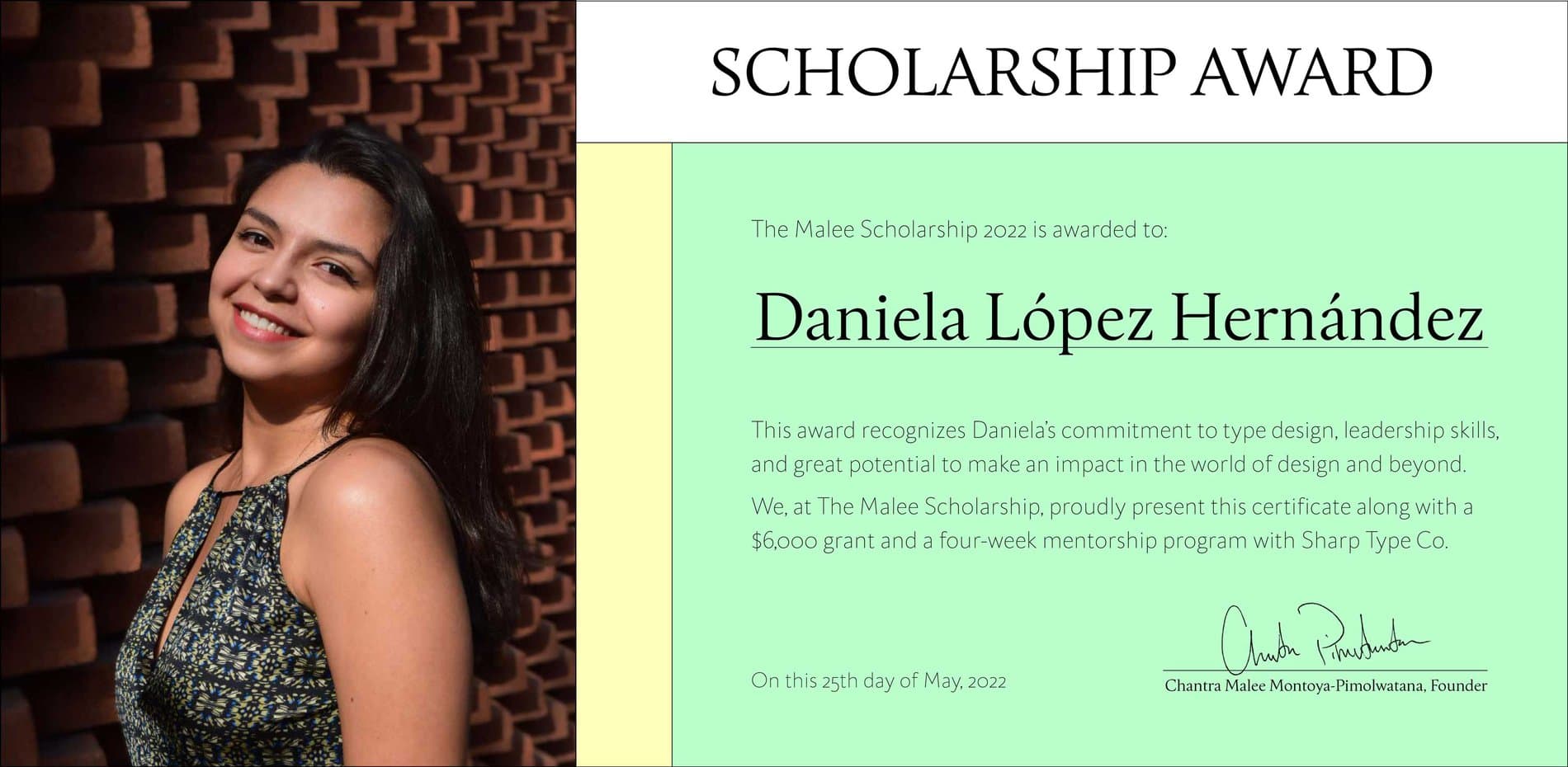
When did you first get interested in letterforms?
I first became interested in type when I was in university and discovered I could study and design letters. In my editorial design classes, I got to know and experiment with all the different styles of letterforms and I realized type was my passion. After college, I kept looking for courses and diplomas that could help advance my career in typography. Type welcomed me into this world that gave me life, and became a space where I could feel fulfilled.
“Type welcomed me into this world that gave me life, and became a space where I could feel fulfilled.”
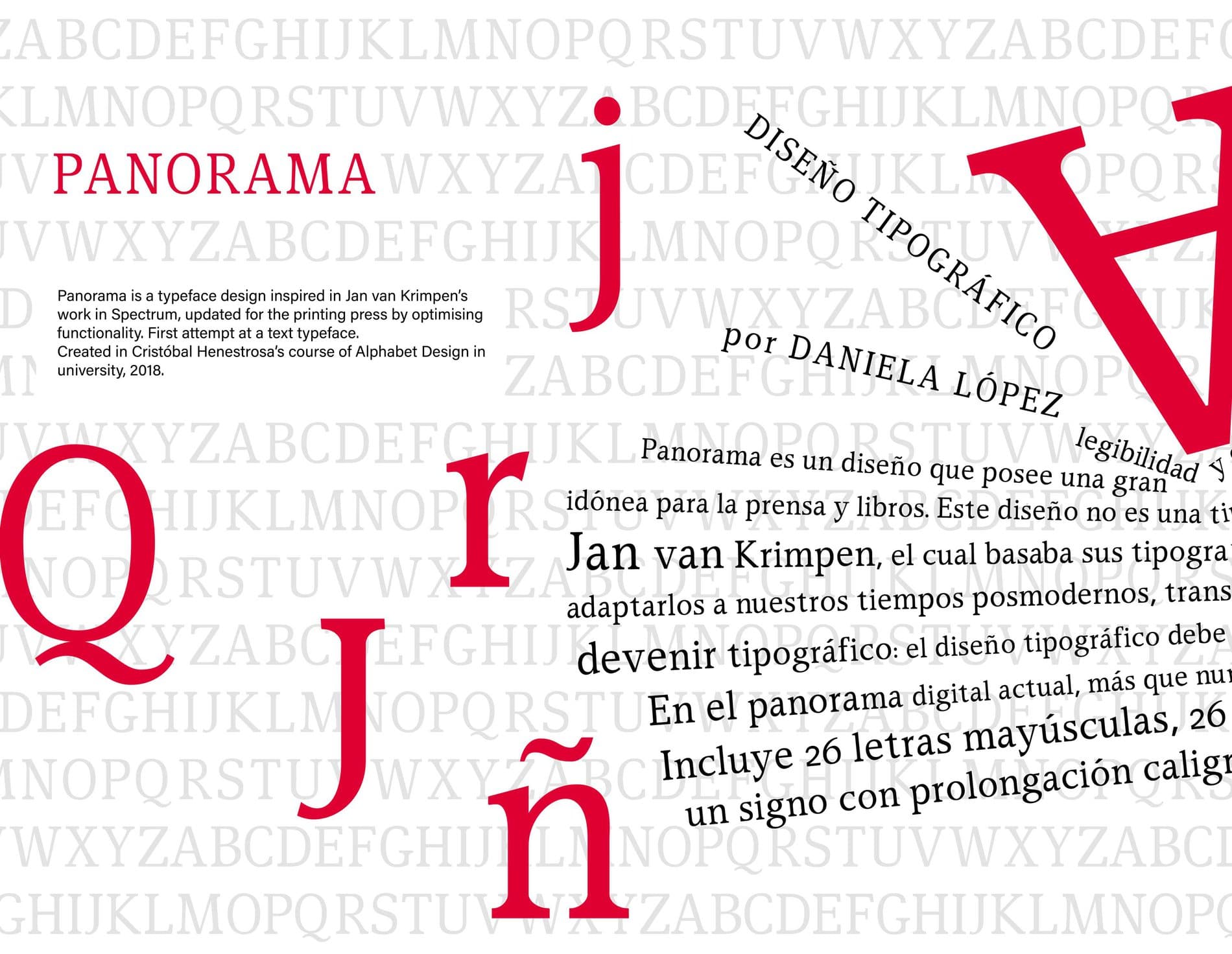
What is one of your earliest memories interacting with or making letterforms before you became a type designer?
Getting a bit personal over here. I am a child cancer survivor and the medications I had to take caused me hearing loss. This disability shaped me into the visual person I am today. What I could not hear, I observed, and what I could not listen to, I read. Words were there for me when sounds escaped me. I began to explore the world through letters and saw letters not only as words but art.
So, my story with letters started from a very young age. I grew up in the vibrant and colorful Mexico City and was exposed to its unique visual language. The architecture and engraved building nameplates, street art, posters, and store signs are all filled with typographic elements, lettering, and informal calligraphy. Everywhere I looked, there was something that caught my eye. The richness in our graphic art became inherent for my artistic practice.
“What I could not hear, I observed, and what I could not listen to, I read. Words were there for me when sounds escaped me. I began to explore the world through letters and saw letters not only as words but art.”
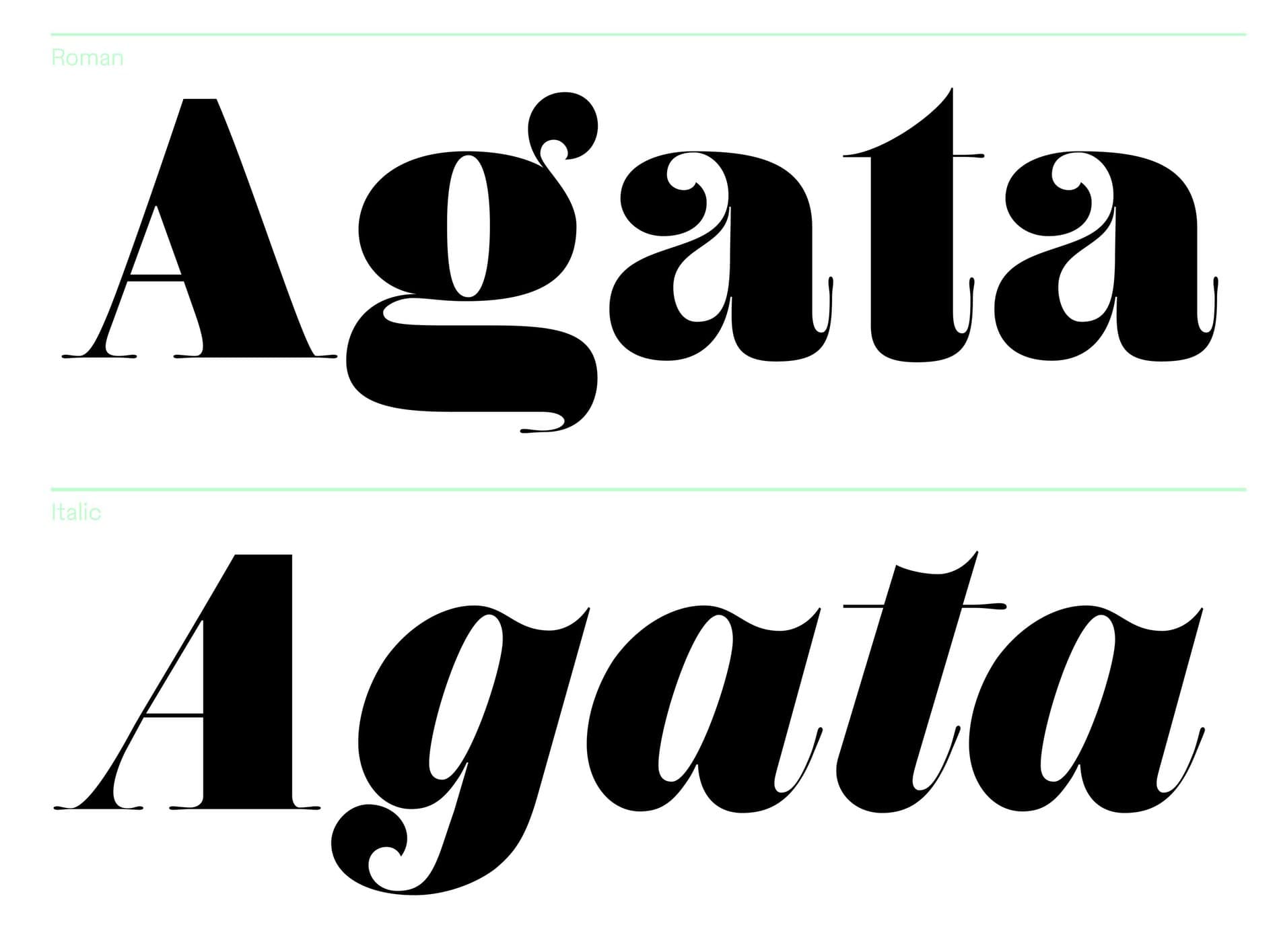
How does your background and community shape who you are as an individual and designer today?
In college, I sought extracurricular activities where I could explore different areas type. These opportunities to learn and also meet new people also broadened my work and life experience. For example, I did my social service with researcher and designer Marina Garone who I deeply admire and look up to as a role model. She taught me a lot about the history of pre-colonial printing in Mexico. When I took the course on Typographic Design by Tipografilia, I met my incredibly talented classmates and we learned from some of the best Mexican typographers who all provided great perspectives from how the type industry is at large
I am very grateful for these networking opportunities, especially since I grew up believing that a career path in the Mexican creative industry could not afford one a dignified life. It’s no secret that working in the Mexican graphic design industry requires long work hours with meager salaries (as low as 300 dollars a month!). At first, I struggled, was unable to secure a well-paid job, and was often left feeling unsuccessful and stuck in a cycle of self-doubt about whether I had chosen a “good” career path. Later on, these struggles showed me that I no longer wanted to sacrifice my time and energy in a job that didn’t fulfill me, and not have enough willpower to maintain my type design passion. I almost lost sight of my goals and forgot why I was working in the first place. However, these very moments motivated me to give my all to my studies during my days off, and ultimately shaped me as an individual and designer to be determined and focused on achieving my goals. I learned I didn’t want to settle for anything less.

Tell us more about your typeface, Agata, a project you began during your studies at the Design and Typographic Production program, organized by Tipografilia Studios Mexico.
Agata is a display typeface born from my liking for fat faces. I've always been a fan of bold type and so my inspiration originated from falling down a rabbit hole of Herb Lubalin’s archives and Tom Carnase’s mind. I found their collaboration in the late sixties groundbreaking. I particularly like how type makes itself present and full of life in all their work. They were masters in using type to communicate more than just words which redefined the role of typography in communication. Agata has many uses and is especially fitting for attention-grabbing titles, headers, and short phrases to emphasize editorial hierarchies. Basically it is great for branding, typographic illustrations, and big art.
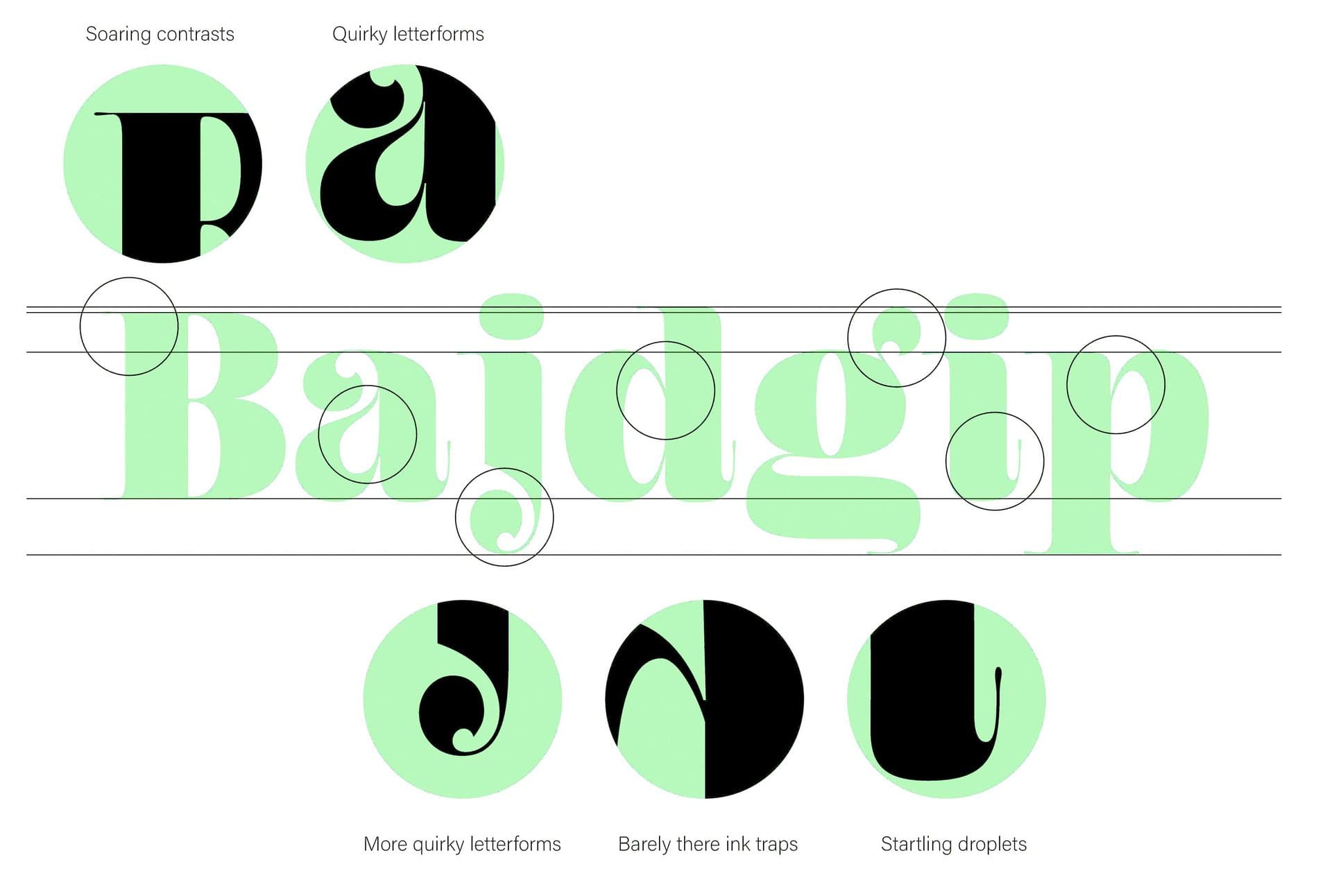
What have you learned about yourself or having a creative practice as you’ve pursued design?
I’ve learned to be patient. I’ve learned that everyone’s path is different. I’ve learned that it doesn’t matter how well you draw or how good your calligraphy is. Like everything else, being creative is a matter of practice and intention.
I was in awe when I discovered typography — I could almost feel and taste the words by looking at typefaces. If someone writes me a letter in a solid, rotunda blackletter style, I know I’m about to be summoned to court. Alternatively, if someone writes me a note in Hermann Zapf’s Zapfino, I may feel a sense of romance. I love how type communicates. It moves me. It speaks to me and takes me to a place in the world I want to know. I believe that through my work, others can learn and see from my perspective.
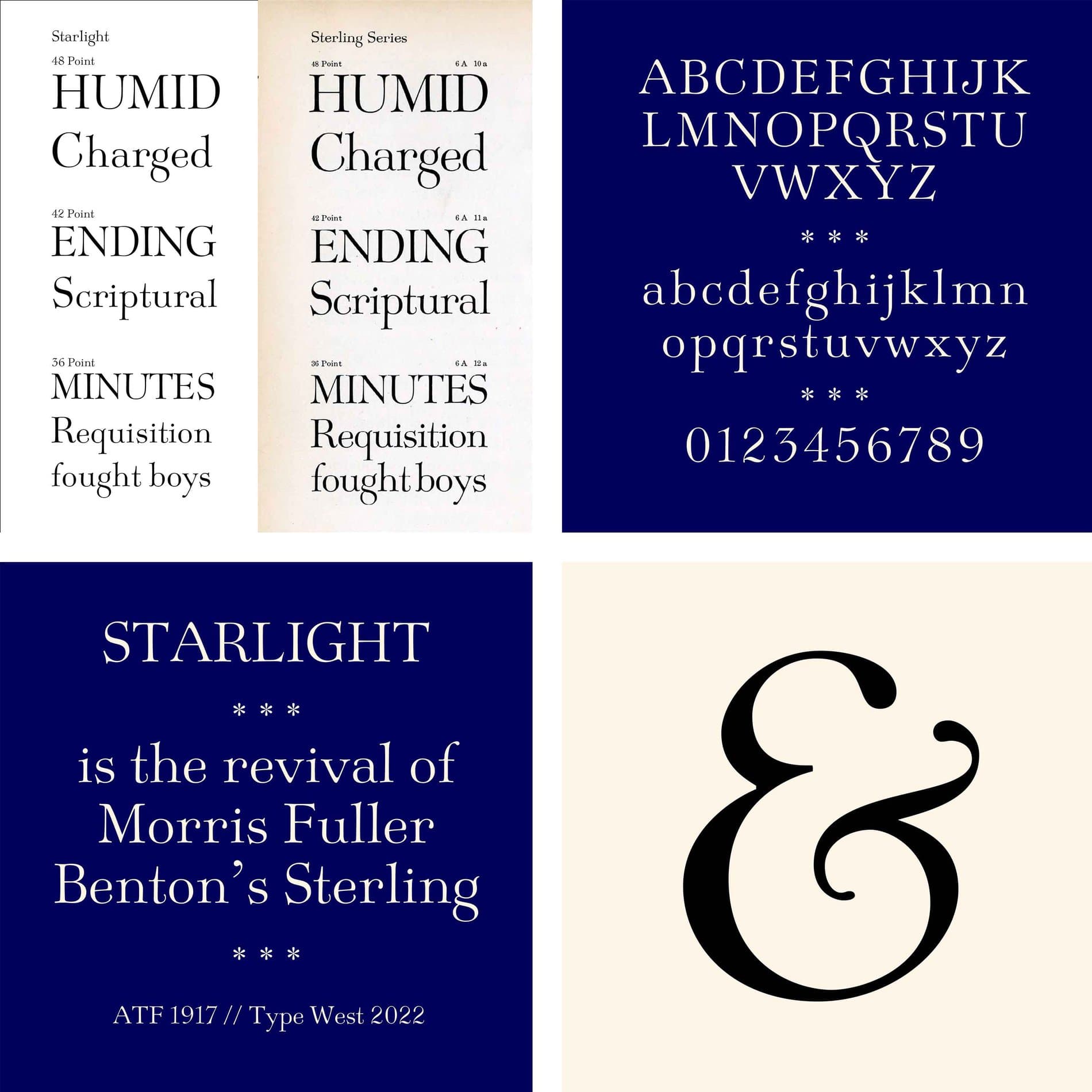
What hopes do you have for the type industry at large? How might you see yourself playing a role in that vision?
I’m passionate about amplifying diverse voices in type. We cannot celebrate the diversity of voices while ignoring the concrete historical processes which reproduce social inequalities. For example, we can exercise critical thinking toward the hegemony of the Latin script and its influence on the way other scripts are designed. I wish for complete multi-script typeface families made for and by native speakers. I hope to to encourage more teamwork, profound research, plus a greater understanding of who we are designing these scripts for. This way we can lead a discussion of decolonizing typography and see an end to the way the Latin (and western) typographic design school marginalizes other scripts, type design education, literature, and so on.
I would like to see more access to knowledge and learning through decolonial and feminist approaches, and reflect on multi-script typographic creations in the future. More specifically, I would like to carry out typography workshops for women who cannot access these types of education opportunities due to economic, caregiving, or language barriers. I aim for women’s contributions to type design to be fully credited and be visible. Through studies, research, publications, and encounters I want to grant these contributions greater recognition and promote the intersection of feminist and decolonial studies.
From where I stand, this intersecting perspective is very limited. As a Latina living with a disability, I also feel obliged to set an example to encourage others like me to step up and enrich our field. As a future leader, I intend to pay it forward by creating more spaces for women with underrepresented backgrounds. I would like to lead the discussion and grow initiatives constructed in an effort to consider gender together with decolonial relations, particularly in the Latinx and the Spanish-speaking community. I want to see foundries with BIPOC women at the helm, create awareness and recognition of our participation and contributions, and fuel a renewal in our field to build the type culture I want to see.
Who or what inspires you these days?
I’m someone who likes to try new things every day. Even the slightest changes are good for my day-to-day life. One time, I decided to try a new flavor of afternoon tea and only later figured out it wasn’t caffeine-free! I stayed up into the night reading one of the many books I literally ‘left on Read’. While my eyes didn’t thank me for it, my mind did because these books nurtured my creative thoughts.
Doing different things throughout my week excites me and gives me opportunities to gain inspiration from everyday life. Since the pandemic, I realized I couldn’t be indoors too often and for too long a period, so simply walking around helped my sanity. Mindful walking is a significant source of inspiration for me. Noticing all the small details in everything crafted with type encourages my mind to wander. It challenges me to think up lots of ideas around the letters I see. Being able to fuse these ideas and produce something original and innovative is the cherry on top.
Also, time spent away from my screen is precious time. Burnout truly is the creativity killer and my mental health was quite poor between feeling burnt out and coping with the ongoing pandemic. My sister and partner supported and inspired me in many ways I could not fathom. In particular, they encouraged me to apply for the Type West postgraduate certificate online program even though I had major imposter syndrome. I waited until the last few days to apply, and I could not believe it when I received my acceptance letter. I am so glad they believed in my dreams even when I did not.
“Mindful walking is a significant source of inspiration for me. Noticing all the small details in everything crafted with type encourages my mind to wander.”
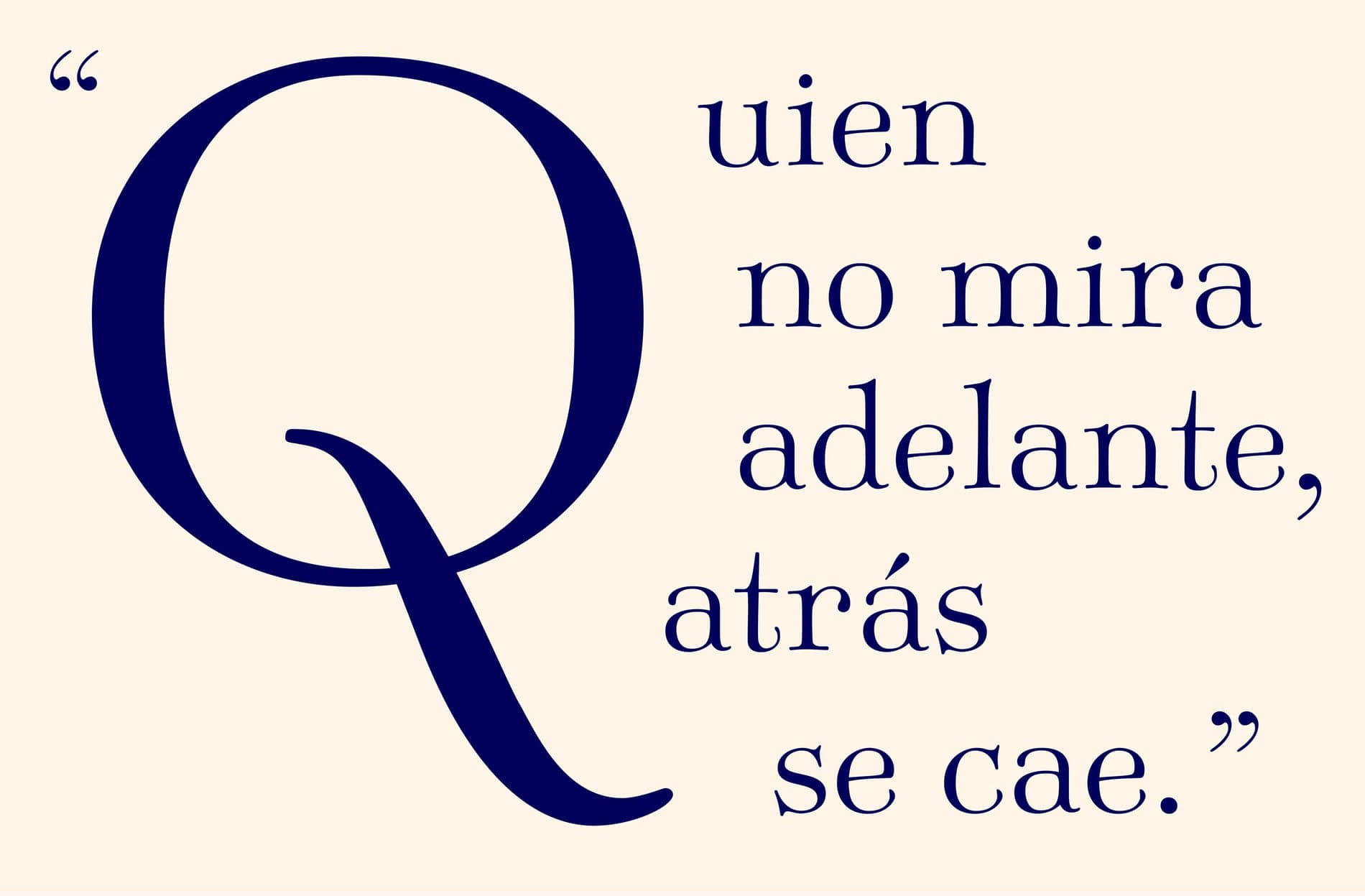
What’s next for you?
I am continuing with the Type West program and giving it my all. I believe it will be a critical pathway for new opportunities and prepare me to transition into a full-time career as a type designer. I’m eager to keep exploring, learning, and growing as a person and designer. I’m excited to pass along all my knowledge and exalt the Mexican community with the help of the networking and mentorship opportunities the Malee Scholarship offers. Together we can prove that inclusivity is powerful.